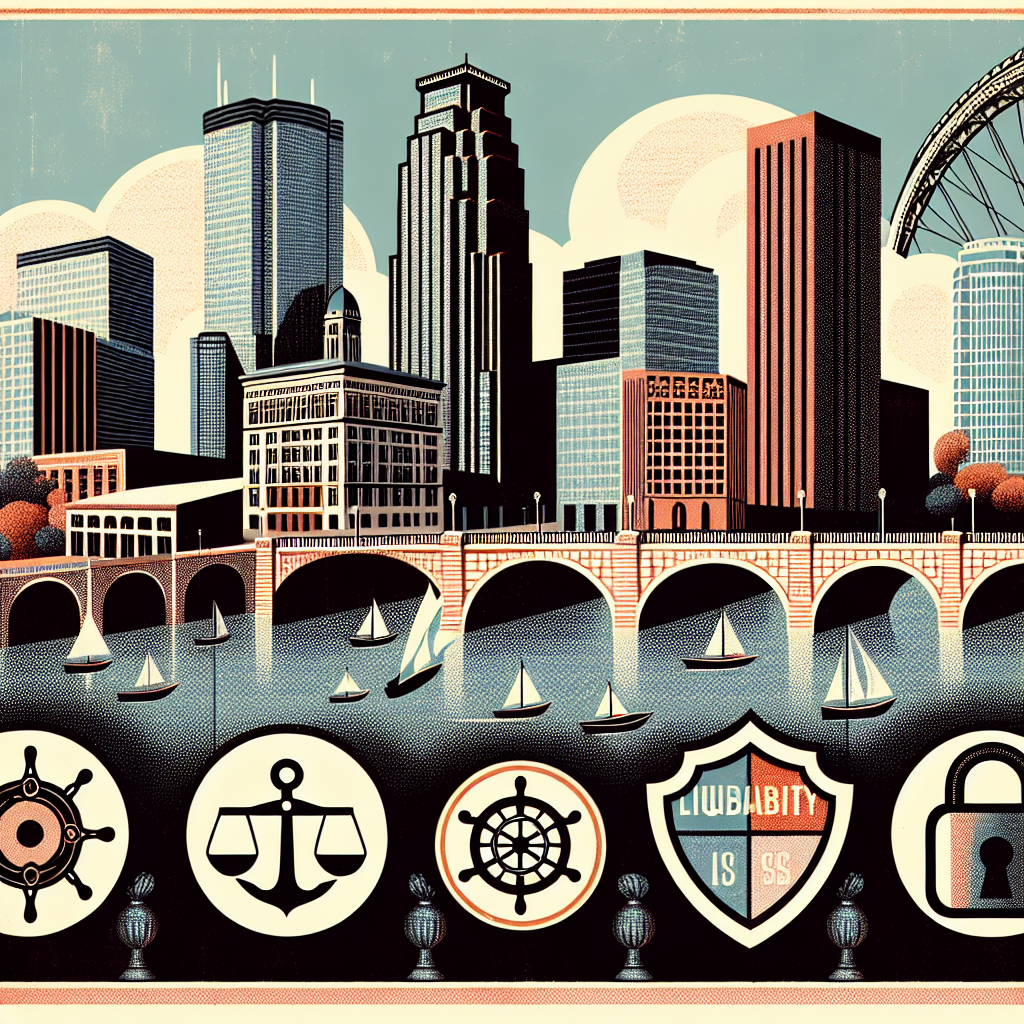Filed under Home Insurance on
Understanding Shelter Home Insurance Coverage Options

In today’s unpredictable world, safeguarding your assets and properties is crucial. One area that deserves special attention is shelter home insurance. While it might seem like a straightforward topic, understanding the nuances of shelter home insurance coverage options is essential for making informed decisions. In this comprehensive guide, we delve into the diverse aspects of home insurance, providing a clearer picture of what to consider when protecting your abode.
What is Shelter Home Insurance?
Shelter home insurance, commonly known as homeowner's insurance, refers to a policy designed to cover private residential properties. This type of insurance offers financial protection against damages to the home itself and the belongings inside. Moreover, it provides liability coverage against accidents in the home or on the property.
Core Components of Shelter Home Insurance
- Dwelling Protection: This covers the physical structure of your home. Should your house suffer damage from a covered peril like fire or hail, dwelling protection can help with the repair costs.
- Personal Property Coverage: This helps replace or repair personal items like furniture, electronics, and clothing if they are damaged, stolen, or destroyed.
- Liability Protection: If someone is injured on your property or you cause damage to someone else's property, liability protection can cover legal fees and medical expenses.
- Additional Living Expenses: If your home becomes uninhabitable due to a covered peril, additional living expenses (ALE) coverage pays for temporary housing, food, and other costs.
Types of Shelter Home Insurance Coverage
Diving deeper into shelter home insurance coverage options reveals several distinct types, each tailored to fit different needs. Here’s an overview:
Basic Form (HO-1)
The basic form is a limited policy covering a short list of perils, such as fire, theft, and vandalism. It’s less commonly used due to its restricted coverage.
Broad Form (HO-2)
The broad form policy covers more perils than HO-1, including risks like ice or snow damage and water-related incidents. It's a more balanced option for homeowners.
Special Form (HO-3)
Providing comprehensive coverage, the special form is the most popular choice. It insures against all perils, except those specifically excluded in the policy. This form offers extensive protection for your home and belongings.
Condo Form (HO-6)
Designed specifically for condominium owners, the condo form covers the walls, floors, and ceilings. It also protects personal property and offers liability coverage.
Renter’s Form (HO-4)
This version is tailored for renters. While it doesn't cover the structure of the property, it does protect personal belongings and includes liability coverage.
Comprehensive Form (HO-5)
HO-5 takes the coverage of HO-3 a step further with more personal property covered. It is ideal for those with high-value items.
Experts often recommend evaluating personal circumstances when choosing the right policy. Factors like the home’s location, the local climate, and personal possessions can significantly impact the decision.
Factors Influencing Shelter Home Insurance Rates
Understanding shelter home insurance coverage options also involves knowing what influences the cost. Here are some key factors:
- Location: Proximity to fire stations, flood zones, and crime rates can affect your insurance rates.
- Home Condition: The age and construction materials of your home play a role. Older homes or those made with costly materials may see higher rates.
- Coverage Limits: The more coverage you want, the higher the premium.
- Deductibles: Higher deductibles can lower your premium, but they mean greater out-of-pocket costs when filing a claim.
- Credit Score: Insurers often consider credit scores when determining premiums, with higher scores generally leading to lower rates.
Trends in Shelter Home Insurance
The world of shelter home insurance is ever-evolving. Staying updated with industry trends can help homeowners make better-informed insurance decisions.
Increasing Climate Risks
With climate change increasing the frequency of natural disasters, many insurers are adjusting their policies to cover a broader range of weather-related perils. Homeowners might consider this when evaluating shelter home insurance coverage options.
The Role of Smart Homes
Smart home technologies are becoming more prevalent, and many insurers offer discounts for homes equipped with security systems or automated safety features. These innovations are reshaping the way insurance policies are structured.
Expert Tips for Choosing Shelter Home Insurance
Experts in the field advise taking several steps to ensure you choose the most suitable policy. Here are some key points:
- Assess Your Needs: Take a comprehensive inventory of your assets to understand what needs coverage.
- Compare Policies: Don’t settle on the first policy you find. Compare quotes and coverage details from multiple insurers to find the best fit.
- Understand Exclusions: Carefully examine what perils and damages are not covered by the policy.
- Personalize Your Policy: Ensure your policy reflects your unique situation. Modify limits and choose endorsements that align with your lifestyle.
- Review Annually: Periodically reassess your coverage needs, especially after major life changes such as renovations or purchasing expensive items.
Conclusion
Decoding the complexities of shelter home insurance coverage options empowers you to protect one of your most valuable assets—your home. From understanding different types to evaluating factors that influence costs, having thorough knowledge equips you to make prudent decisions. Stay informed about emerging trends, regularly review your policy, and choose wisely in alignment with your needs.
Investing in the right shelter home insurance coverage isn’t just about peace of mind; it’s about ensuring security and stability in a world filled with uncertainties.





